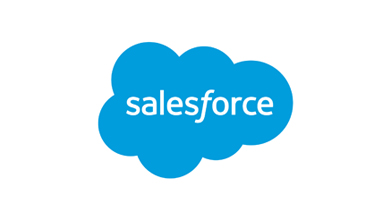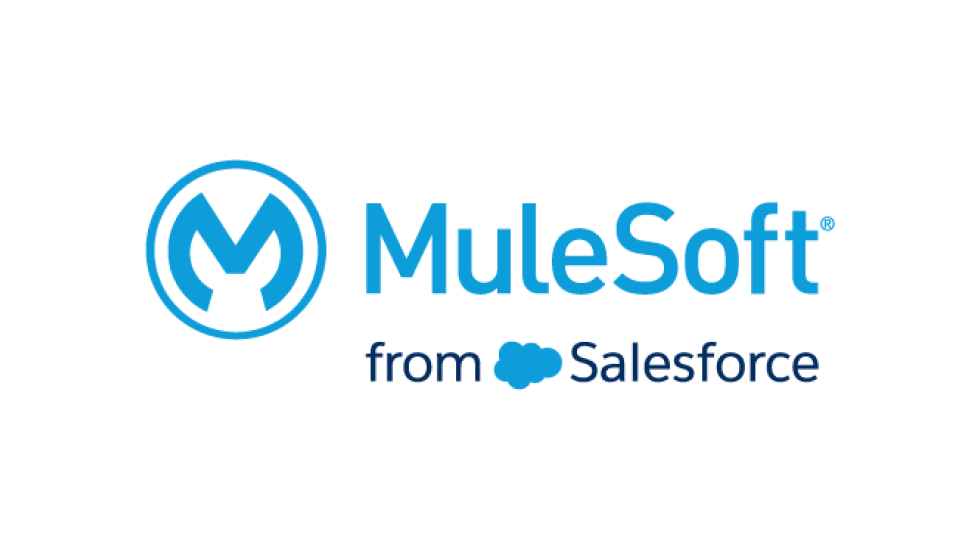Transcript
KPMG and Salesforce Alliance Introduction
Business leaders across industries are focused on creating more connected human experiences aligned to their purpose. Winning organizations have also doubled down on transformation efforts to help them succeed in this digital world. These investments help trusted enterprises address the ever-changing needs of their employees, communities, customers, and investors; as well as advance their sustainability goals and customer-centric capabilities. All of which are critical enablers to generating growth and value. KPMG drives this enablement for our clients powered by the full suite of innovative products from salesforce. Our 360-degree approach looks across the front, middle and back-office operations to create connected experiences across all touch points. By leveraging extensive data, unique insights and industry expertise; we inform strategies and build solutions that deliver business outcomes aligned with purpose and trust. And the combination of Salesforce's leading solutions with KPMG's deep functional knowledge and experience accelerated by our proprietary salesforce powered methodology. Means we help organizations serve their community of stakeholders with greater speed, scale and personalization. Through a purpose-driven transformation with KPMG and Salesforce we deliver equitable sustainable trusted solutions that drive shareholder value and help organizations to win in the marketplace.
Take the leap into the era of Agentforce with KPMG
Take the leap into the era of Agentforce [with] KPMG and Salesforce:
Autonomous customer service while maintaining a personal touch.
Smooth data integration unifying customer data across all touchpoints.
Intelligent workflow amplified human potential.
***
Matt Fidler, Global Salesforce Platform Leader, Principal KPMG LLP
We've developed a trusted AI framework that I think works really well in concert with the Agentforce innovation and we're super excited about what that means for our clients.
I think that combination of KPMG as a leader in data and AI, and Salesforce is a compelling one that's going to drive business outcomes for our clients.
***
Take the leap into autonomous agents… Into Agentforce
And turn concepts into reality.
Learn more: www.kpmg.us/Salesforce






















